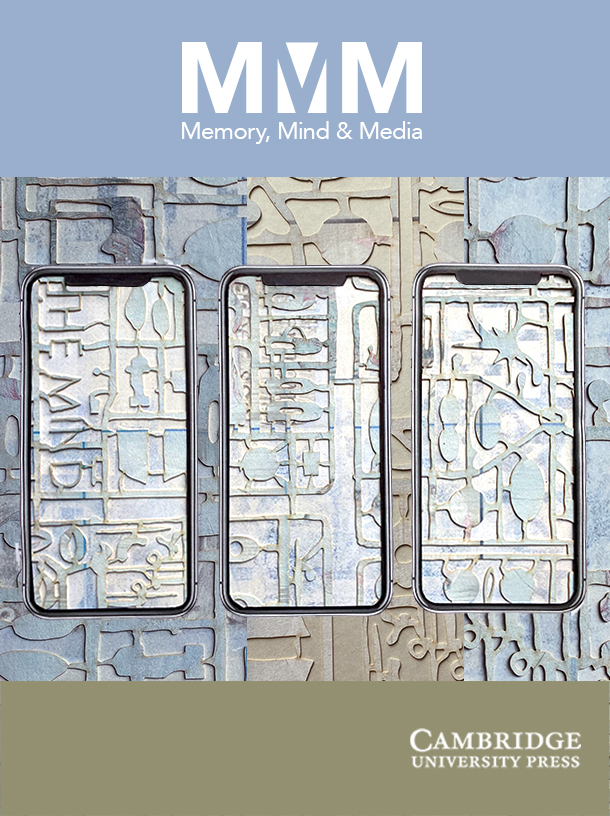Repair Shop of Memory
There are objects which we use to hold our memories. We invest in these objects, giving them personal value and associating them with specific people or events in our lives.
These things, which could be a pencil, a diamond ring, an old hat..., are known as evocative objects.
When we interact with evocative objects (a term coined by Sherry Turkle), we can remember the events and emotions that we have invested in them. But what happens when these objects degrade or wear out?
By watching many, many episodes of the BBC's 'Repair Shop' programme, I noticed that something magical happens when an object is restored to the state it was in when a memory was made. The memories returned!
Philosopher Chris McCarroll and I have published our theory of evocative objects and memory restoration in the peer-reviewed journal 'Memory, Mind and Media' (Cambridge University Press).
Abstract
In the BBC show, The Repair Shop, members of the public bring their cherished but crumbling possessions into a workshop populated by expert craftspeople, who carry out restorations. These objects arrive as treasured possessions, which, despite their dilapidated state, still hold memories and meaning for their owners, albeit memories that may have faded as the object itself has aged. Something magical seems to take place after the objects are restored, however. The restored objects seem to reanimate and revive the memories that their owners have invested in them. How is it possible that this restoration can bring memories held by the objects back to life? What is special about The Repair Shop restoring objects to their former glory? We outline two ways in which objects can be evocative and embody emotion, memory, and meaning. We then outline the ways in which the restoration of these objects to something like their original form can improve scaffolded recall and bring memories back to life. For one class of evocative objects, the restoration enhances recall by reinstating details from the context in which the memories were encoded. For the second class of evocative objects, their restoration affords an imaginative connection to the past, which enables them to become powerful focal points of memory and shared narratives. In effect, The Repair Shop seems to work not only as a repair shop of objects but as a repair shop of memory too.
